Changing the transparency of water in the aquarium indicates certain problems that should be addressed as soon as possible. Imbalance of microorganisms can negatively affect the condition of aquarium fish, plants and other inhabitants, and in some cases even lead to their death. The problem of the so-called flowering of water is often encountered not only by beginner aquarists, but even those who have pretty good experience in this area. It is worth considering what are the causes of turbidity and discoloration of aquarium water and how to eliminate this phenomenon.
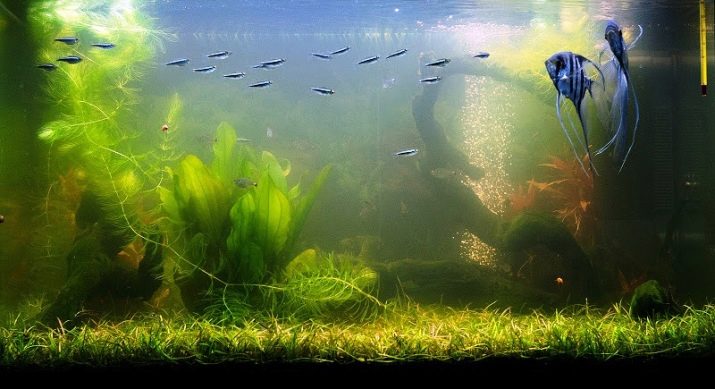
Main symptoms
It’s not difficult to guess that your aquarium has bloomed. A change in the transparency and color of its contents is immediately apparent. The water becomes cloudy and takes on an unnatural shade, in most cases brown or greenish. And also you can notice a plaque on the walls of the aquarium.
Gradually, thin film-like formations appear on the ground, stones, and decorative accessories in the aquarium.
Unfortunately, if this process is left to chance and no measures are taken, the situation will only worsen. In addition to the unsightly appearance of your aquarium, you will have to face massive morbidity and possibly the death of fish and aquarium plants. Therefore, at the first sign that the water in the aquarium has bloomed, It is necessary to try to find out the cause of this phenomenon and immediately take measures to eliminate it.
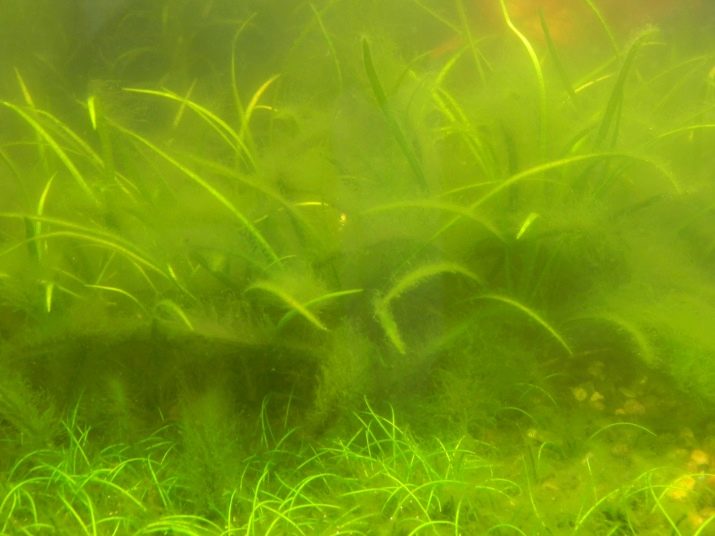
Causes
An unnatural shade and turbidity to the water is given by microorganisms that have developed in large numbers. To this, in turn, lead certain errors in the process of keeping the aquarium. While the microflora of water is in the right balance, the reproduction of negative bacteria and other organisms is restrained naturally. In this case, the water does not undergo such rapid pollution and clogging.
But the violation of this balance is fraught with flowering of the aquarium.
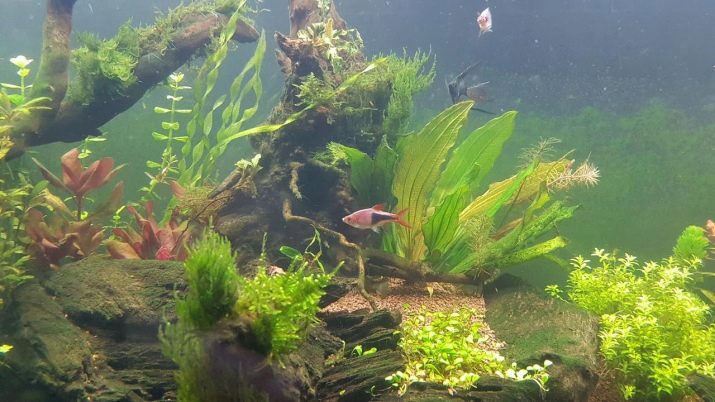
It is worth paying attention to the following reasons leading to flowering and clouding of aquarium water:
- too bright lighting, direct sunlight in the aquarium - in this case, microscopic algae develop very actively, giving the water a greenish or brown hue;
- an increase in water temperature above recommended norms - the development of many bacteria is constrained, including by a certain temperature regime; when the environment surrounding them becomes warmer and more favorable, microorganisms begin to multiply very actively;
- the main food for microorganisms and bacteria is organic matter found in water; if the aquarium often remains underfed with fish food or the remains of dead inhabitants, then the water quality in it will necessarily deteriorate;
- excessive overgrowth of algae and the general clogging of aquarium water do not have the best effect on its purity and transparency;
- rarely occurring filtration or its absence leads to flowering and clouding;
- very often the water in the aquarium blooms due to insufficient oxygen content; in other words, aeration with a special compressor should be systematically carried out in the tank with fish and algae;
- ingestion of foreign contaminated objects, plant particles, infection through untreated and unprepared decoration accessories (driftwood, stones, and so on);
- contaminated or inappropriate soil can cause bacteria and unwanted microalgae to enter the aquarium;
- excessive and improper use of chemicals violates the quantitative balance of aquatic microorganisms;
- oddly enough, a very frequent change of water in the aquarium also leads to its bloom; a constant change in the environment does not allow the aquasystem to fully form, which is why pathogenic microorganisms often begin to predominate in water.
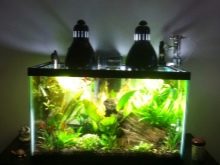

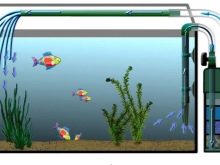
Important! At the same time, a too rare restart of the aquarium negatively affects its ecosystem.
How to fight?
So, you have found clear signs of blooming water in your tank. How to fix this? In most cases, a set of measures will be required, because the imbalance of the aquasystem is a complex phenomenon.
- Change the location of your aquarium if it is exposed to direct sunlight. The duration of artificial lighting should not exceed 8–9 hours per day with a lamp power of 0.5 W / l.

- A very effective, easy, and relatively safe is a biological method of water purification. It consists in the sharing of certain organisms, which in the course of their natural life actively destroy the unwanted inhabitants of the aquarium. For example, guppies, goldfish, telescopes, crucians, swordsmen and veil tails are quite active on algae.
Sharing these types of fish will help to naturally combat the excessive development of aquatic plants. Snails are also considered "orderlies" of the aquarium. Mostly they clean its walls of plaque and spores of microalgae.
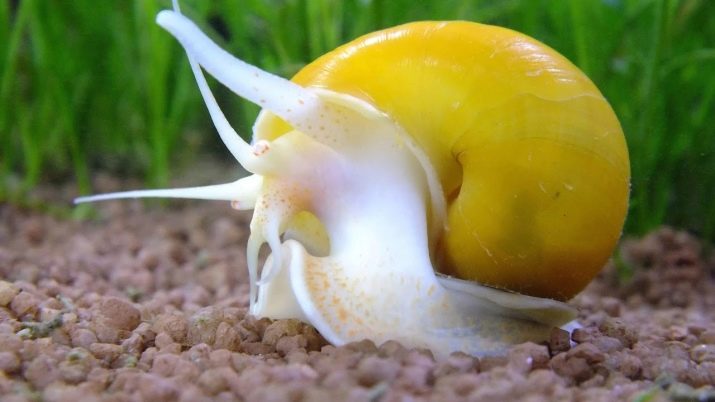
- The addition of a small amount of salt to water significantly inhibits the growth and development of algae and microorganisms. If you or your acquaintances have experience maintaining a saltwater aquarium, then you may have noticed that in salt water the walls and bottom of the aquarium are never overgrown with bloom and algae. For a freshwater aquarium, the dosage of sea or ordinary table salt in order to get rid of blooming water is 1 g per liter of content.
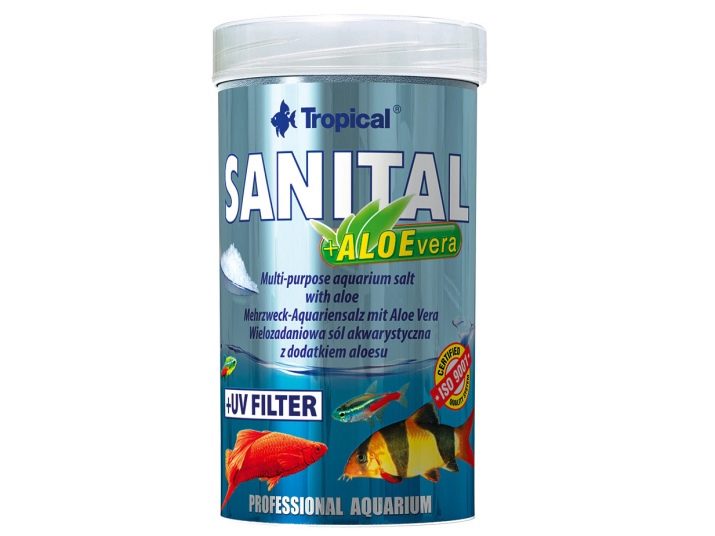
- If the degree of water corruption is quite critical, then the microorganisms have already settled well in your aquarium. In this case, even a full restart often gives only a very short-term result. After a fairly short time after a complete change of water, you will again be forced to observe signs of pollution and flowering.
In advanced cases, the only way to "treat" the aquarium is the use of antibacterial drugs. Well help "Riboflavin" and "Rivanol". Their dosage is 0.1 g per 100 liters. These substances do an excellent job with pathogenic microflora, but can damage some aquarium plants. The kabomba and hornwort react especially sharply to them.
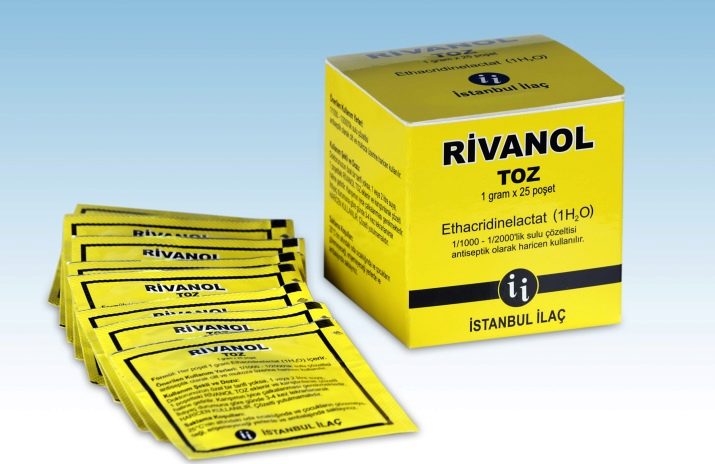
More gentle drugs are Penicillin and Streptomycin. They do not have a negative effect on the main inhabitants of the aquarium: fish, algae, snails. To rehabilitate the aquarium, these products should be added in an amount of 0.3 mg for aquariums with a capacity of up to 50 liters. After 48 hours, you can carry out a complete change of water.
In the fight against flowering aquarium water, the usual pharmacy hydrogen peroxide. A three percent solution in an amount of 3–6 g / l is added to the aquarium. In parallel, intensive aeration is required.
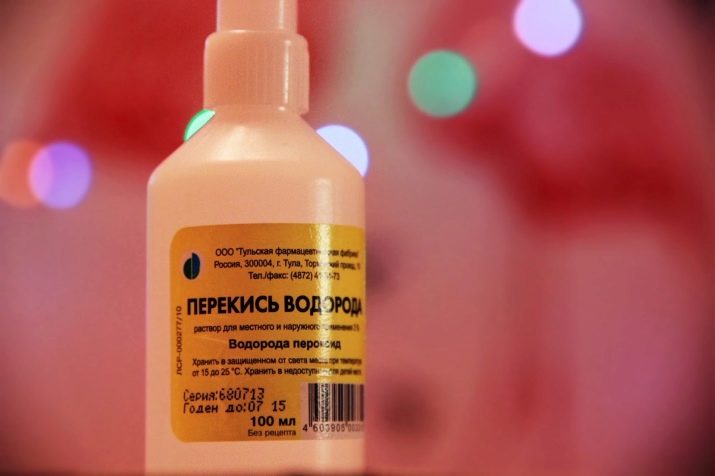
Preventive measures
The following preventive measures should be taken into account:
- It is very important to do regular mechanical cleaning of the walls, but try not to leave scratches on the glass; it is best to use a hard sponge for cleaning;
- to maintain the water level and its renewal, it is necessary to conduct a partial replacement of the contents of the aquarium; it consists in topping up fresh water and removing a small amount of already used, the amount of new liquid should not exceed one quarter of the total volume;
- Do not overfeed the fish, as the remnants of the food will provoke rotting processes, observe how much your fish consume food and try to adhere to the right amount and feeding schedule; in any case, it’s not so terrible not to feed more than to create conditions for rapid water pollution;
- The balance of aquaflora is easier to maintain in a large aquarium, because a more constant and stable ecosystem of microorganisms is formed there; aquariums that hold less than 10 liters of water are generally not recommended for long-term maintenance of fish or algae;
- avoid overpopulation of the aquarium with any kind of inhabitants, excessive vegetation, crowded keeping of fish and a large number of snails negatively affect; try to maintain an optimal balance when planning the settlement of the aquatic environment;
- do not allow foreign objects and debris to systematically get into the aquarium; decorative elements from natural reservoirs should be placed in water only after special cleaning and treatment, otherwise there is a significant risk of infection in the aquarium environment.
See below for why the water in the aquarium blooms.











